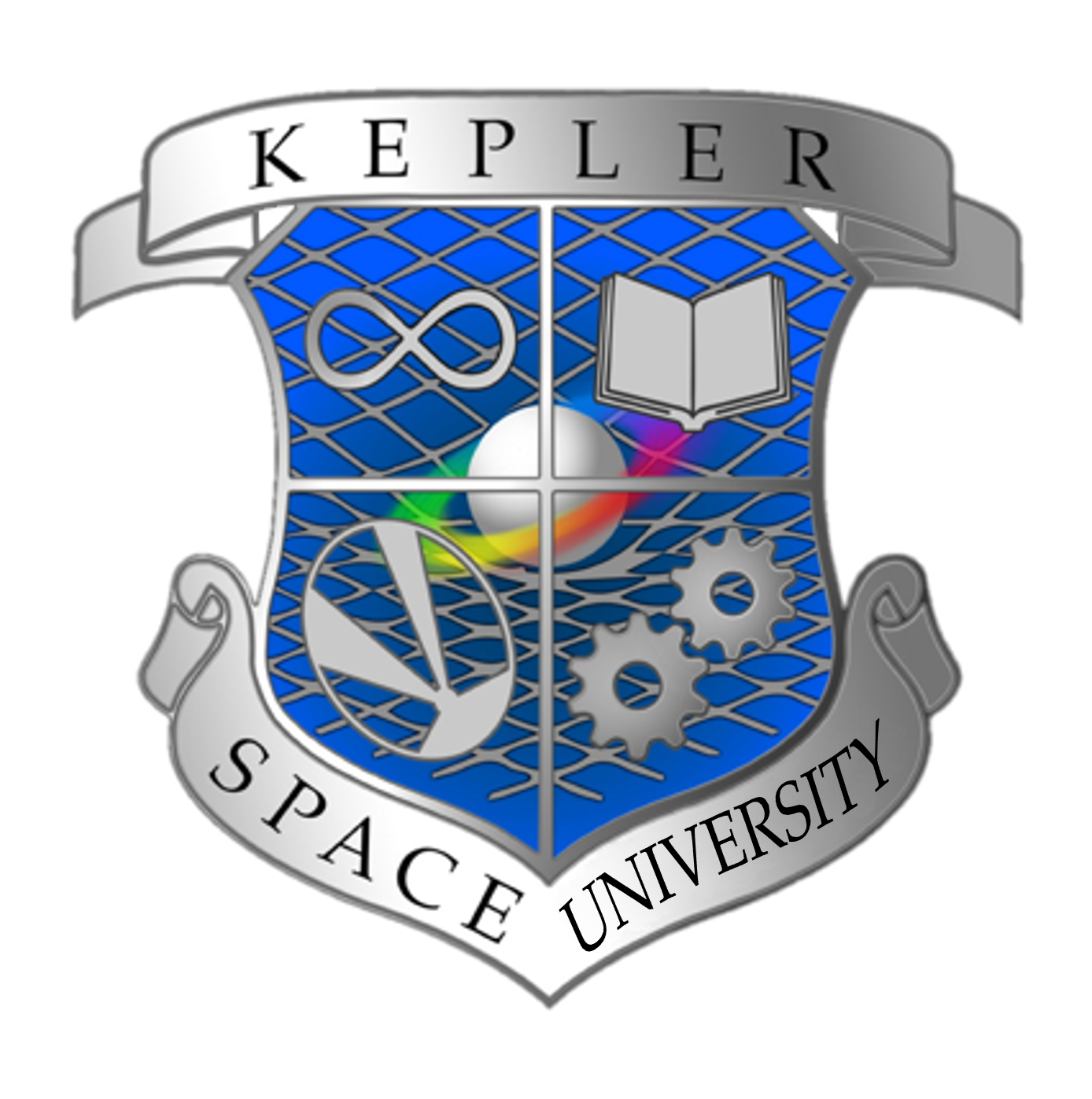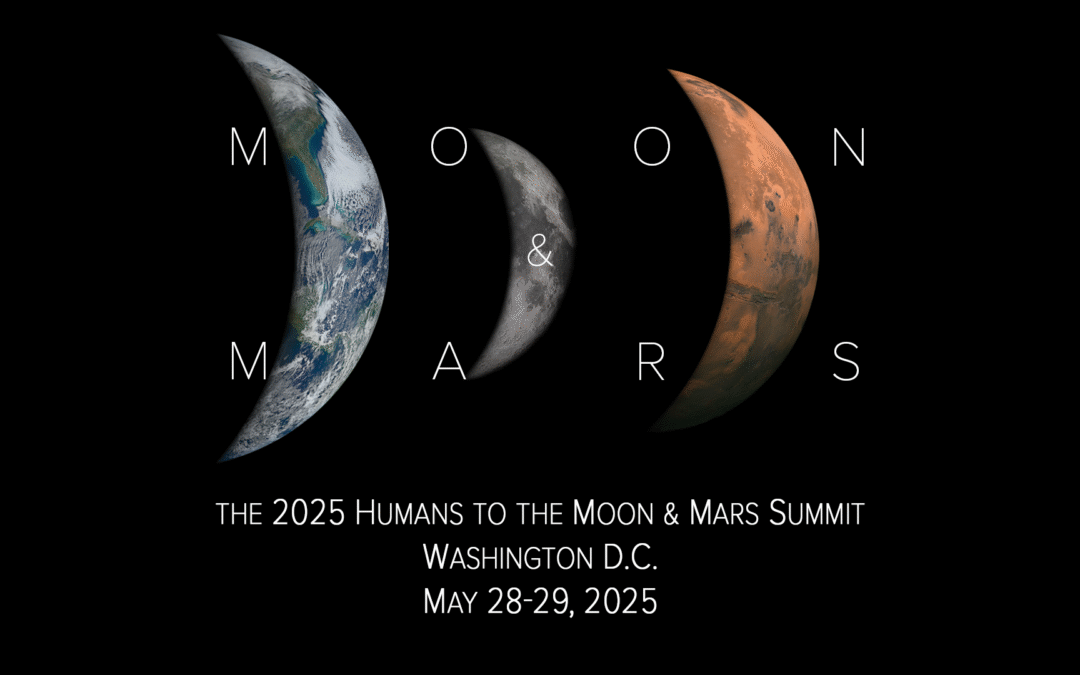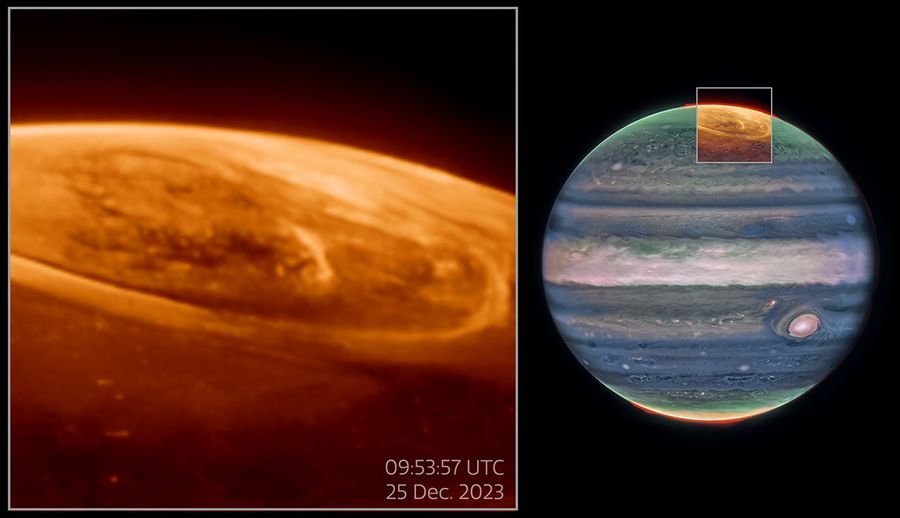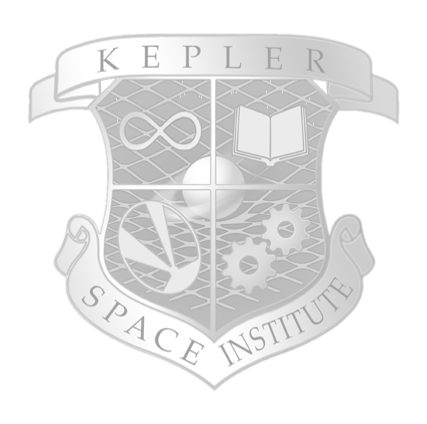Become An Astronaut! NASA is accepting applications for astronauts
Astronaut requirements have changed with NASA’s goals and missions. Today, to be considered for an astronaut position, applicants must meet the following qualifications:
- Be a U.S. citizen
- Have a master’s degree* in a STEM field, including engineering, biological science, physical science, computer science or mathematics, from an accredited institution.
- Have a minimum of three years of related professional experience obtained after degree completion (or 1,000 Pilot-in-Command hours with at least 850 of those hours in high performance jet aircraft for pilots) For medical doctors, time in residency can count towards experience and must be completed by June 2025.
- Be able to successfully complete the NASA long-duration flight astronaut physical.
*The master’s degree requirement can also be met by:
- Two years of work towards a doctoral program in a related science, technology, engineering, or math field.
- Completed Doctor of Medicine, Osteopathic Medicine, or related medical degree
- Completion (or current enrollment that will result in completion by June 2025) of a nationally recognized test pilot school program.
Astronaut candidates must also have skills in leadership, teamwork and communications.
Artemis Generation astronauts will explore and conduct experiments where humans have never been: the lunar South Pole.
NASA’s Astronaut Selection Board reviews the applications and assesses each candidate’s qualifications. The board then invites a small group of the most highly qualified candidates for interviews at NASA’s Johnson Space Center in Houston, Texas. Of those interviewed, about half are invited back for second interviews. From that group, NASA’s new astronaut candidates are selected. They report for training at Johnson and spend the next two years learning basic astronaut skills like spacewalking, operating the space station, flying T-38 jet planes and controlling a robotic arm.
With NASA’s plans for the future of exploration, new astronauts will fly farther into space than ever before on lunar missions and may be the first humans to fly on to Mars.
Apply to Become an Astronaut: Click here
Learn more about how to apply: Explore here
Learn more about NASA’s Astronauts: Astronaut Candidates




